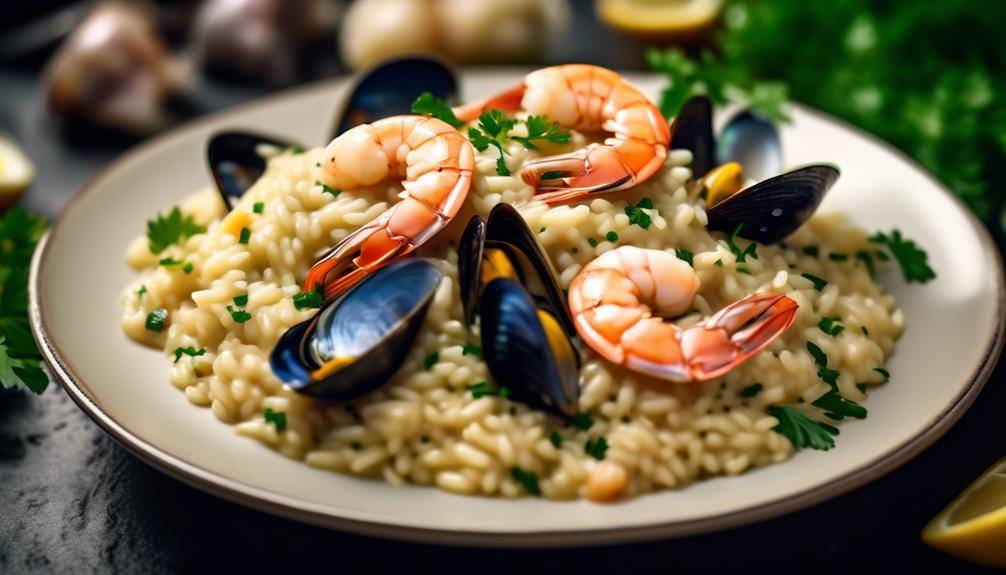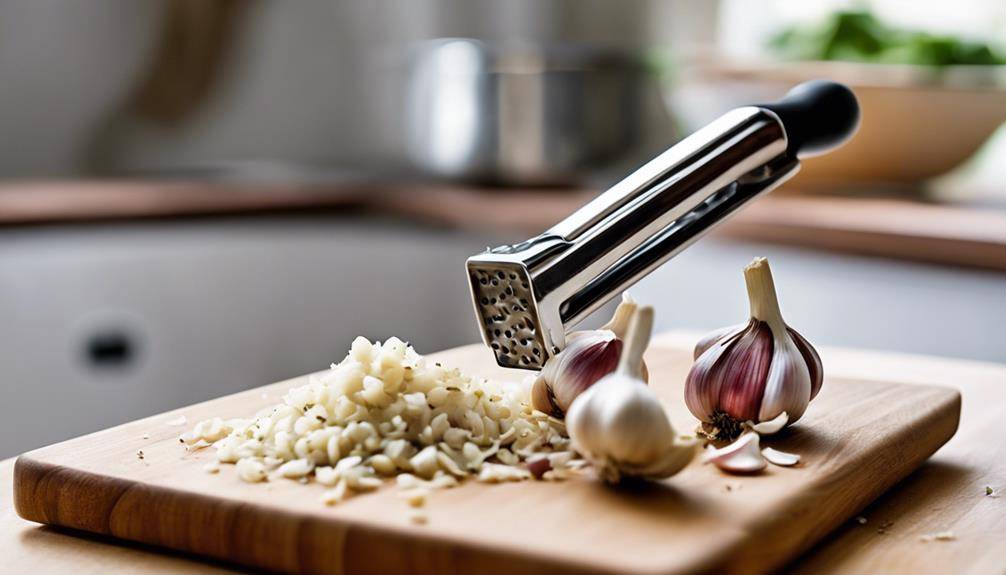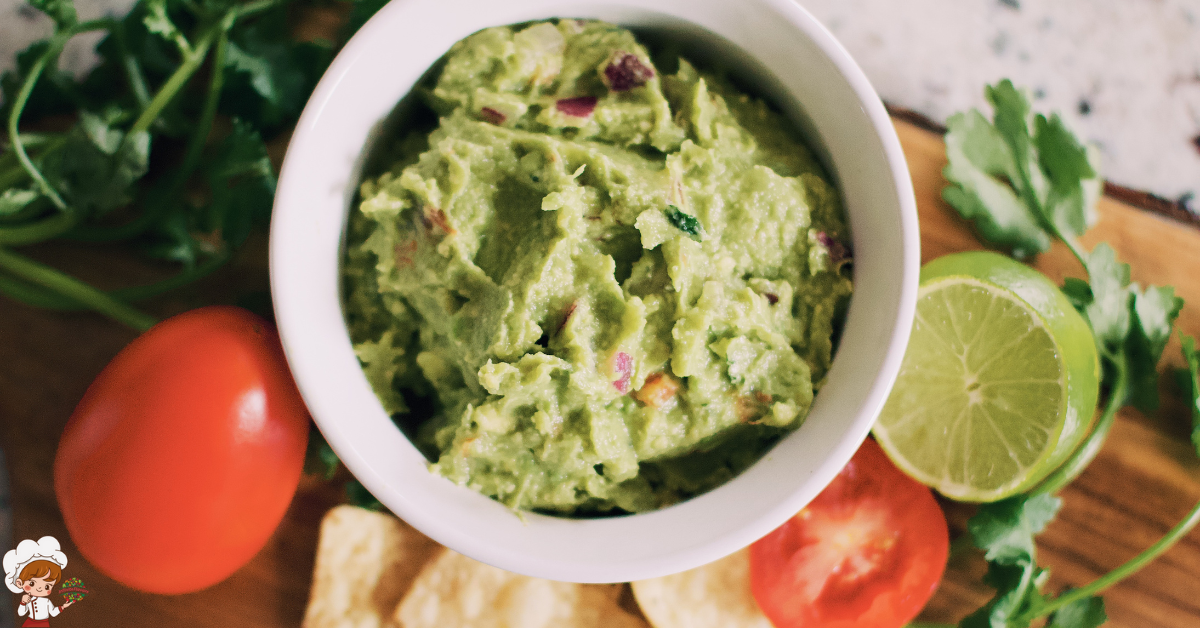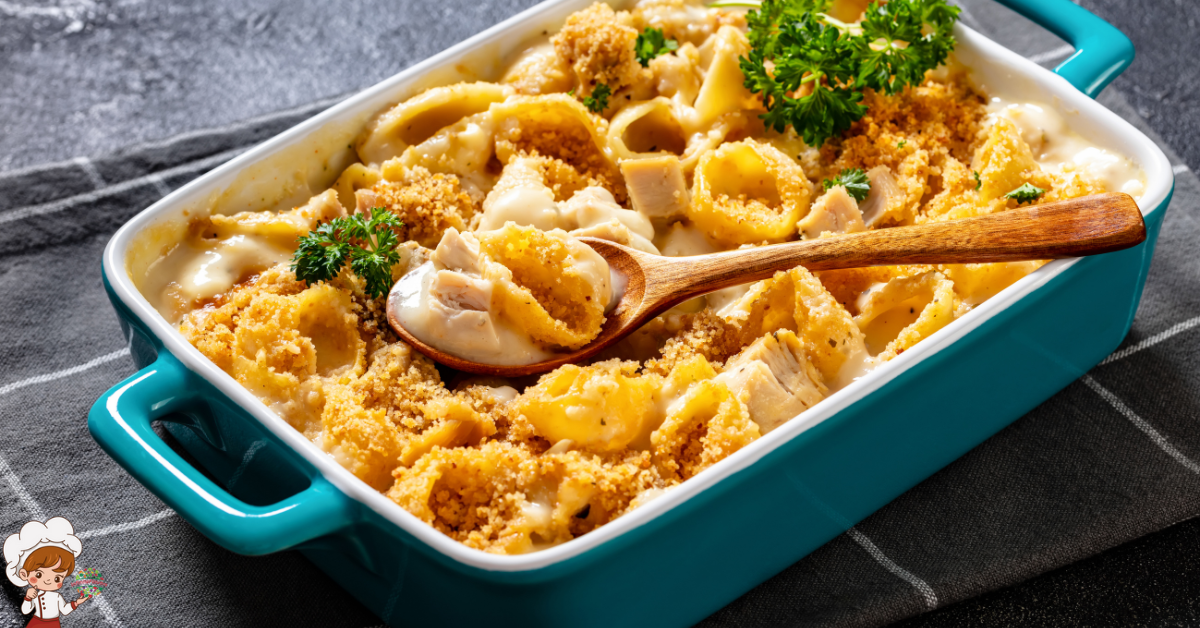What Makes A Perfect Seafood Risotto At Home

Imagine the tantalizing aroma of a perfectly cooked seafood risotto wafting through your kitchen, the creamy texture of the rice mingling with succulent pieces of seafood. Creating the perfect seafood risotto at home may seem like a daunting task, but fear not, for with the right techniques and ingredients, you can elevate this classic dish to perfection. So, how do you achieve that perfect balance of flavors and textures that will transport your taste buds to the shores of Italy? Let’s dive in and uncover the secrets to creating a seafood risotto that will leave you craving for more.
Selecting the Freshest Seafood
Are you wondering how to ensure you’re selecting the freshest seafood for your perfect seafood risotto at home? Well, you’re in luck! When it comes to sourcing fresh seafood, there are a few key things to keep in mind. First and foremost, prioritize sustainability. It’s important to choose seafood that has been caught or farmed in ways that minimize harm to the environment and maintain healthy fish populations.
One way to ensure the freshness of your seafood is to buy it directly from local fishermen or reputable fish markets. By doing so, you not only support local businesses but also increase the chances of getting seafood that is locally sourced and therefore, fresher. Another option is to look for seafood that has been certified by reputable sustainability organizations such as the Marine Stewardship Council (MSC) or the Aquaculture Stewardship Council (ASC). These certifications guarantee that the seafood has been sourced sustainably and meets certain environmental standards.
When it comes to cooking techniques, both steaming and grilling can enhance the flavors of seafood for your risotto. Steaming seafood is a gentle and delicate method that helps to retain its natural flavors and textures. This technique is particularly well-suited for delicate varieties such as shrimp, scallops, or cod. On the other hand, grilling seafood can add a smoky and slightly charred flavor that complements the richness of the risotto. This method works beautifully for heartier seafood options like salmon, tuna, or swordfish.
Choosing the Right Rice Variety
To ensure the perfect texture and creaminess in your seafood risotto, selecting the right rice variety is crucial. When it comes to risotto, Arborio rice is the go-to choice for many chefs and home cooks alike. Its high starch content and ability to absorb liquid without turning mushy make it ideal for creating a rich and velvety risotto. Arborio rice releases starch slowly during cooking, resulting in a creamy consistency that is essential for a successful seafood risotto.
Another rice variety that works well in seafood risotto is Carnaroli rice. Known as the “king of risotto,” Carnaroli rice has a slightly longer grain and higher starch content than Arborio. This allows it to absorb even more liquid, making it perfect for achieving that luscious, creamy texture. Carnaroli rice also retains its shape better during cooking, giving your risotto a more elegant and refined appearance.
When cooking seafood risotto, it’s important to use the right cooking techniques to bring out the flavors of the ingredients. Risotto requires constant stirring to coax out the starches and create a creamy texture. The gradual addition of hot stock and wine, along with the constant stirring, helps to develop complex flavors and ensure even cooking of the rice.
In terms of flavor pairings, seafood risotto offers endless possibilities. Classic combinations include shrimp and lemon, scallops and saffron, or mussels and white wine. The delicate sweetness of seafood pairs beautifully with the rich, creamy risotto base. Experiment with different ingredients to create your own unique flavor profiles and make your seafood risotto truly exceptional.
To sum it up, choosing the right rice variety is essential for achieving the perfect texture and creaminess in your seafood risotto. Arborio and Carnaroli rice are both excellent choices, each offering their own unique qualities. Combine them with the right cooking techniques and flavor pairings, and you’ll have a seafood risotto that is sure to impress.
Mastering the Art of Sautéing
When it comes to sautéing, there are a few key points that you need to keep in mind. First, make sure your pan is hot and your oil is heated before adding any ingredients. This will ensure that your food cooks quickly and evenly, without becoming greasy. Second, proper temperature control is essential to prevent burning or undercooking. Lastly, sautéing is all about quick and efficient cooking, so be prepared to move your ingredients around the pan constantly for the best results.
Heat and Oil
For the perfect sautéing experience, heat and oil are the dynamic duo that will elevate your culinary creations to new heights. When it comes to heat control, it is crucial to find the sweet spot that allows your ingredients to cook evenly without burning. Too low of a heat, and your food will simmer instead of achieving that desired caramelization. Too high of a heat, and you risk scorching the delicate flavors of your dish.
As for oil selection, opt for a neutral oil with a high smoke point, such as canola or grapeseed oil. These oils can withstand the high temperatures required for sautéing without breaking down and imparting unwanted flavors. Remember, the right heat and oil combination will ensure that your sautéed dishes are cooked to perfection.
Proper Temperature Control
Achieving proper temperature control is the key to mastering the art of sautéing and creating exceptional dishes that burst with flavor. When it comes to sautéing, maintaining the right temperature is crucial to achieving the perfect texture and taste. Too low of a heat and your ingredients will end up soggy and lack the desired caramelization. On the other hand, too high of a heat can lead to burned or unevenly cooked food. To ensure precise temperature control, it is important to use a reliable cooking thermometer. This will allow you to monitor the heat and adjust accordingly.
Additionally, mastering different cooking techniques, such as adjusting the heat while sautéing or using a combination of high and low heat, will further enhance the flavors and textures of your dishes. So, pay close attention to temperature control and explore various cooking techniques to elevate your sautéing skills and create truly remarkable dishes.
Quick and Even Cooking
To truly master the art of sautéing and achieve quick and even cooking, you must become a temperature control virtuoso, ensuring that every ingredient dances harmoniously in the pan. The key to achieving this is through even heat distribution. When sautéing, it is crucial to use a pan that conducts heat evenly, such as a heavy-bottomed stainless steel or cast iron pan. These pans help to prevent hot spots and ensure that your food cooks evenly throughout.
Additionally, mastering various cooking techniques can also contribute to quick and even cooking. Techniques such as flipping, stirring, and tossing the ingredients in the pan can help distribute the heat evenly and prevent any single ingredient from burning or undercooking. By honing your temperature control skills and employing the right cooking techniques, you’ll be able to achieve perfectly cooked seafood risotto every time.
Incorporating Flavors With Aromatics
When it comes to incorporating flavors with aromatics in your seafood risotto, choosing the right aromatics is crucial. Aromatics like garlic, shallots, and herbs like thyme and parsley can add depth and complexity to your dish. Properly infusing these flavors into your risotto will elevate it from ordinary to extraordinary, creating a symphony of tastes that will leave you craving for more. So, don’t be afraid to experiment with different aromatics and let your taste buds guide you towards culinary bliss.
Choosing the Right Aromatics
For the perfect seafood risotto at home, incorporating flavors with the right aromatics is essential. Choosing the right aromatics can elevate the taste of your risotto to a whole new level. Different cooking techniques can be used to infuse the risotto with aromatic flavors. One popular technique is to sauté the aromatics, such as onions and garlic, in butter or olive oil before adding the rice. This releases their natural oils and intensifies their flavors.
Additionally, experimenting with herbs can add depth and complexity to your risotto. Herbs like thyme, parsley, and basil can complement the seafood and enhance its natural flavors. Don’t be afraid to get creative and try different combinations of aromatics and herbs to find the perfect flavor profile for your seafood risotto.
Properly Infusing Flavors
Enhance the flavors of your seafood risotto by skillfully incorporating aromatic ingredients. Aromatics play a crucial role in infusing your dish with depth and complexity. Here are three key ways to properly infuse flavors:
- Begin by creating a flavorful stock. Use a combination of seafood, such as shrimp shells or fish bones, along with vegetables like onions, carrots, and celery. Simmer them together to extract maximum flavor, resulting in a rich and fragrant stock.
- Consider balancing ingredients. Aromatics like garlic, shallots, and herbs like thyme or parsley add layers of taste to your risotto. They should be sautéed in butter or olive oil before adding the rice, allowing their flavors to bloom.
- Don’t forget the power of spices. A pinch of saffron or a sprinkle of paprika can elevate your seafood risotto to new heights. Experiment with different spices to find the perfect combination that enhances the flavors of your dish.
Achieving the Perfect Creamy Texture
To achieve the perfect creamy texture in your seafood risotto, it is crucial to master the art of slowly incorporating the broth while constantly stirring, allowing the rice to release its starch and create a velvety consistency. This step is essential in achieving the desired consistency for your risotto. The slow addition of broth ensures that the rice cooks evenly and absorbs the liquid gradually, resulting in a creamy and luxurious texture.
As you add the broth, make sure to stir continuously. This constant stirring helps to release the starch from the rice, which contributes to the risotto’s creamy texture. It also prevents the rice from sticking to the bottom of the pan and ensures that it cooks evenly. The consistent movement of the spoon or spatula helps to distribute the heat and encourages the rice to release its starch, resulting in a smooth and velvety consistency.
Furthermore, balancing flavors correctly is crucial in achieving a perfect seafood risotto. While the focus of this subtopic is on achieving the creamy texture, it is important to note that the flavor of the risotto plays a significant role in its overall success. Be mindful of the amount of salt and other seasonings you add to the broth. The seafood itself brings a natural saltiness to the dish, so it is important to taste and adjust the seasonings accordingly. Balancing the flavors will ensure that the creamy texture is complemented by a well-rounded and delicious taste.
Enhancing the Dish With Wine
Incorporating a splash of wine into your seafood risotto elevates the dish to new heights by infusing it with complex flavors and adding a touch of sophistication. Wine not only enhances the taste of the risotto but also complements the seafood in a delightful way. Here’s why using different types of wine and experimenting with different wine pairings can take your seafood risotto to the next level:
- White Wine: A dry white wine, such as Sauvignon Blanc or Pinot Grigio, adds a refreshing acidity to the risotto. It brings out the delicate flavors of the seafood without overpowering them. The crispness of the wine balances the richness of the creamy risotto perfectly.
- Sparkling Wine: If you’re feeling adventurous, try using a sparkling wine like Prosecco or Champagne. The bubbles add a lively effervescence to the risotto, elevating it to a celebratory dish. The lightness and subtle sweetness of the sparkling wine create a harmonious combination with the seafood flavors.
- Red Wine: While it may seem unconventional, a splash of red wine can bring a unique depth of flavor to your seafood risotto. Opt for a light-bodied red wine like Pinot Noir or Gamay. The fruity notes and gentle tannins of the red wine add complexity and earthiness to the dish, enhancing the umami flavors of the seafood.
Experimenting with different wine pairings allows you to tailor the risotto to your personal preferences and explore new flavor combinations. Don’t be afraid to be creative and try different wines to find the perfect match for your seafood risotto. By incorporating wine, you’ll transform a simple dish into a culinary masterpiece that will impress your guests and make every bite a memorable experience.
Finishing Touches: Garnishes and Presentation
For a truly impressive seafood risotto, the finishing touches of garnishes and presentation are essential to elevate the dish from ordinary to extraordinary. The right garnish can enhance the flavors and add a beautiful visual element to your plate. When it comes to seafood risotto, there are numerous garnish ideas that can take your dish to the next level.
One popular garnish idea is to top your risotto with fresh herbs, such as parsley, basil, or chives. These herbs not only provide a pop of color but also add a fresh and vibrant flavor to the dish. Sprinkle them over the risotto just before serving to give it a burst of freshness.
Another great garnish option is to use lemon zest. The bright and citrusy flavor of lemon zest pairs perfectly with the richness of the seafood risotto. Simply grate some lemon zest over the top of the dish, and it will add a zingy and refreshing touch.
When it comes to plating techniques, simplicity is key. Avoid overcrowding the plate and focus on creating a clean and elegant presentation. Use a ring mold to shape the risotto into a neat round or square shape. This not only adds visual appeal but also allows you to stack other elements on top of the risotto, such as seared scallops or grilled shrimp.
Frequently Asked Questions: What Makes A Perfect Seafood Risotto At Home
How Long Should I Sauté the Seafood Before Adding It to the Risotto?
You should sauté the seafood for about 2-3 minutes before adding it to the risotto. This allows the flavors to develop and gives the seafood a nice sear. Don’t forget to season it well for maximum flavor!
Can I Use Any Type of Rice for Seafood Risotto, or Is There a Specific Variety That Works Best?
You can use different types of rice for seafood risotto, but Arborio rice is the best variety to use. Its high starch content gives the risotto its creamy texture and allows it to absorb flavors well.
Are There Any Alternatives to Wine That I Can Use to Enhance the Flavors of the Dish?
You can enhance the flavors of your seafood risotto without wine by using herbs and spices like garlic, thyme, and paprika. Another alternative is to use vegetable broth for added depth of flavor. Experiment and find what works best for you!
What Are Some Common Garnishes That Go Well With Seafood Risotto?
Common garnishes for seafood risotto include fresh herbs like parsley or basil, lemon zest for a burst of citrus flavor, and a sprinkle of grated Parmesan cheese for added richness. Cooking techniques for seafood in risotto involve gently poaching the seafood in the broth before adding it to the rice.
How Can I Prevent the Risotto From Becoming Too Runny or Too Thick?
To prevent risotto from becoming too runny or too thick, it’s important to maintain the right balance of liquid and rice. Add the broth gradually, stirring constantly, until you achieve the desired creamy texture.
Conclusion
In conclusion, creating the perfect seafood risotto at home requires attention to detail and a passion for flavors. Selecting the freshest seafood and choosing the right rice variety are essential for a delicious dish. Mastering the art of sautéing and incorporating flavors with aromatics adds depth to the risotto. Achieving the perfect creamy texture and enhancing the dish with wine elevates the overall taste. Finally, adding garnishes and presenting the dish with finesse completes the culinary masterpiece. With these tips, you’ll be able to impress your guests with a restaurant-quality seafood risotto every time.








